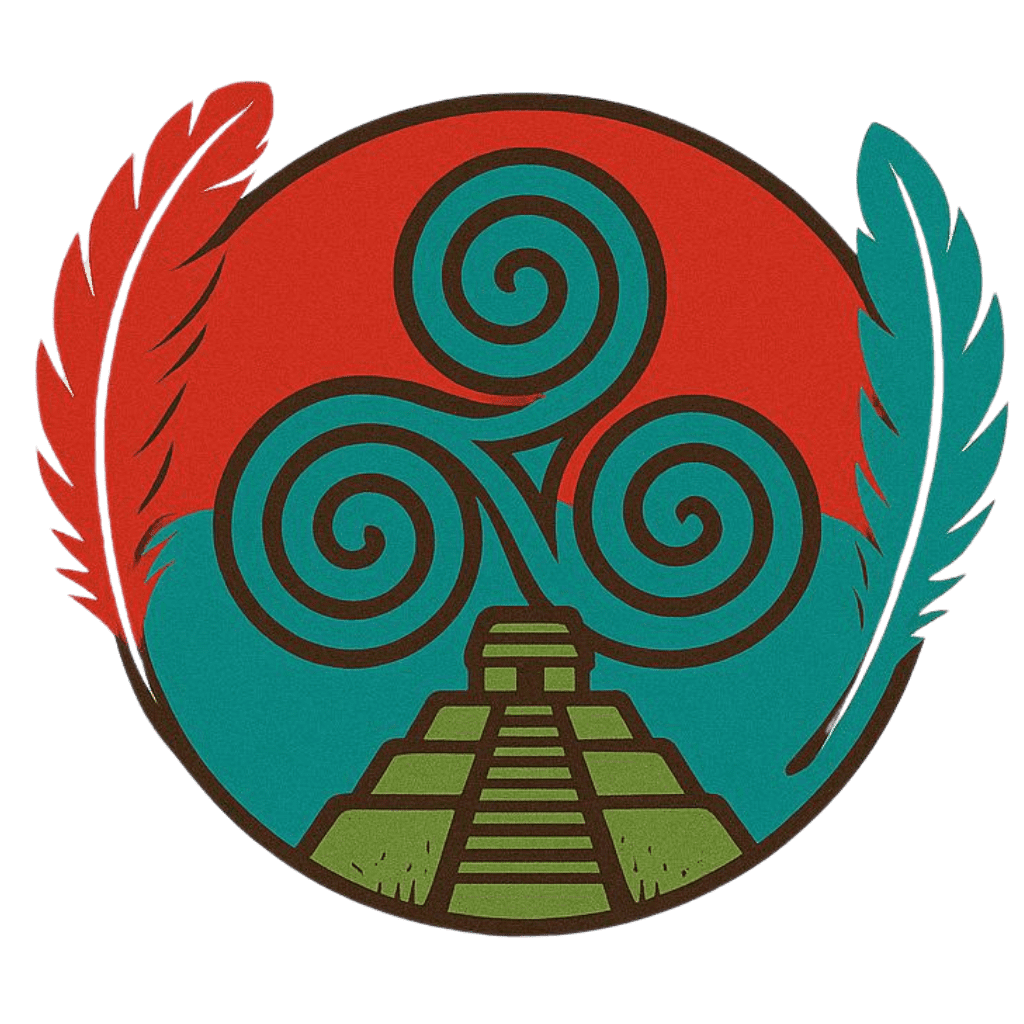Evidence of Arawak–Polynesian Allegiance

This report presents a layered exploration of possible alliances and cultural connections between the Arawak peoples of the Caribbean and the Polynesian navigators of the Pacific. While no direct treaty or formal pact survives in the written record, archaeological, linguistic, mythological, and genetic evidence point toward an ancient transoceanic kinship or shared maritime consciousness.
1. Navigational Mastery and Canoe Technology

Both the Arawak (including Taíno and Lokono) and the Polynesians were master navigators. They utilized advanced outrigger canoes, deep knowledge of currents, winds, stars, and oral traditions to traverse vast ocean distances. These maritime technologies and navigational techniques show remarkable parallels and hint at mutual voyaging capacity.
2. Linguistic Echoes and Shared Lexicons
Several linguists have noted root-word similarities between Arawakan and Austronesian languages:
Concept | Arawakan | Austronesian |
Fire | tata / tara | tala / tata |
Sun | kashi / kachi | ka si / ra |
Sky | wana | lanit (Tagalog), langi (Samoan) |
Fish | hana / pana | isda (Tagalog), ika (Hawaiian) |
3. Mythological and Cosmological Similarities

Shared mythologies include divine canoes, ancestral spirit islands (Bohío and Hawaiki), sky and sea deities, and the sacred use of conch shells as spiritual instruments in rituals. These reflect a mutual sacred cosmology.
4. Genetic and Craniometric Traces

Cranial morphology studies and mitochondrial DNA evidence (e.g., B4a1a1) have been discovered in pre-Columbian South American and Caribbean sites, hinting at potential Polynesian contact or shared ancestry.
5. Archaeological Clues: Lapita and Saladoid Parallels

Lapita (Polynesian) and Saladoid (Arawakan) pottery both feature decorative motifs like spirals, zigzags, and solar symbols. Their similarity suggests either cross-cultural contact or a shared symbolic language.
6. Oral Traditions of Contact

Taíno and Polynesian oral histories recount sea-faring visitors and spirit-beings arriving from distant lands. Legends speak of red-feathered travelers, sacred dances, and transoceanic journeys.
7. Botanical and Cultural Exchange

The sweet potato (kumara) and cotton were both found in pre-Columbian Polynesia, with linguistic and botanical links to South America. The Arawak word 'kamisa' for cotton and the Tagalog 'kamisa' for shirt may indicate textile exchanges and shared cultivation practices.
🌀 Summary of Arawak–Polynesian Connection

Evidence Type | Connection Noted |
Maritime Tech | Shared canoe designs and navigation methods |
Language | Root-word overlaps in nature, spirit, and kinship |
Mythology | Common creation and oceanic myths |
Genetics | Shared haplogroups and cranial markers |
Artifacts | Similar pottery and ritual tools |
Oral History | Legends of sea-faring visitors |
Botany | Sweet potato and cotton exchange |

